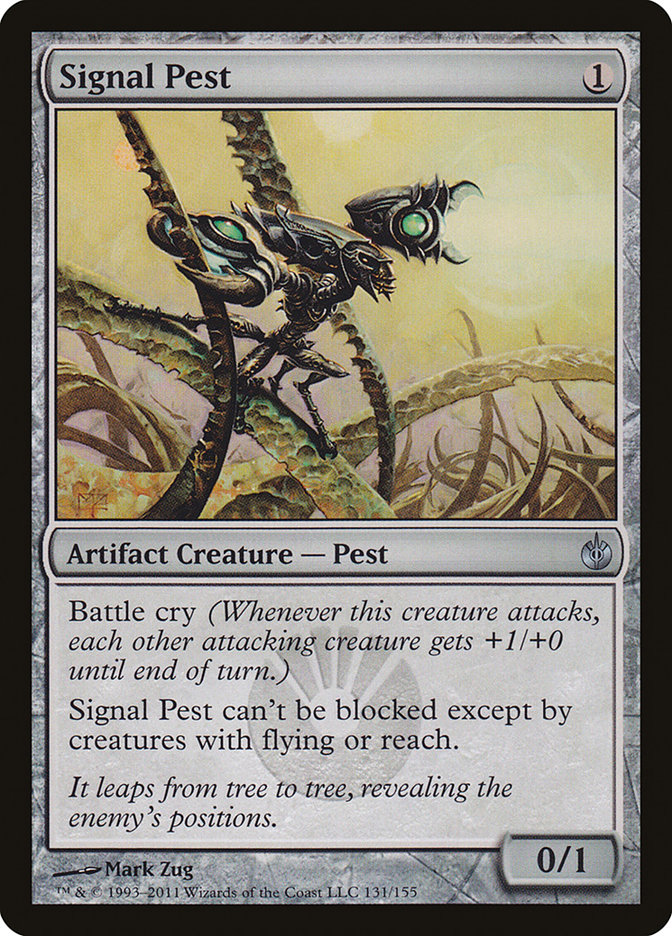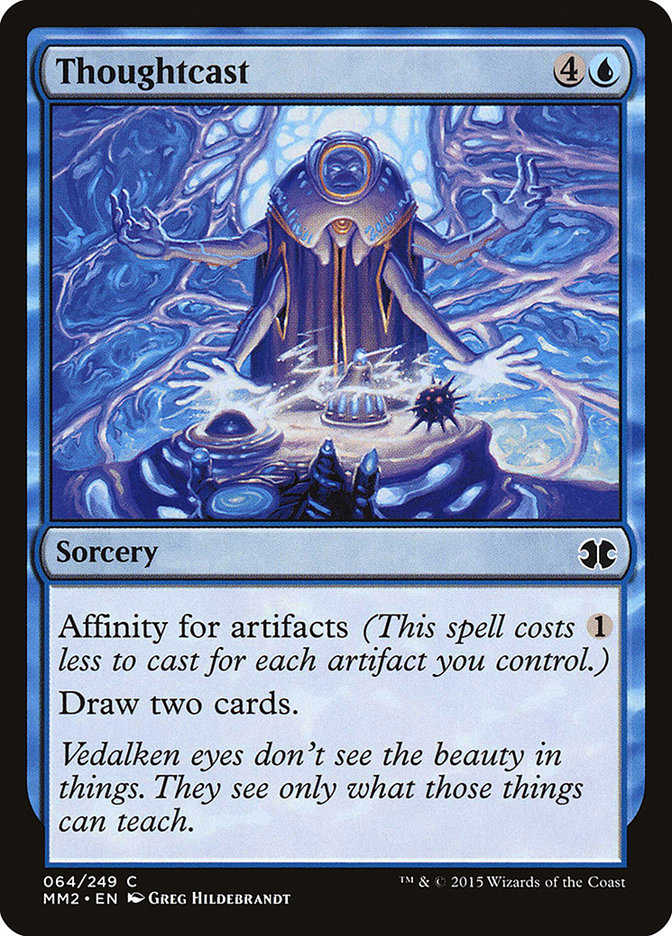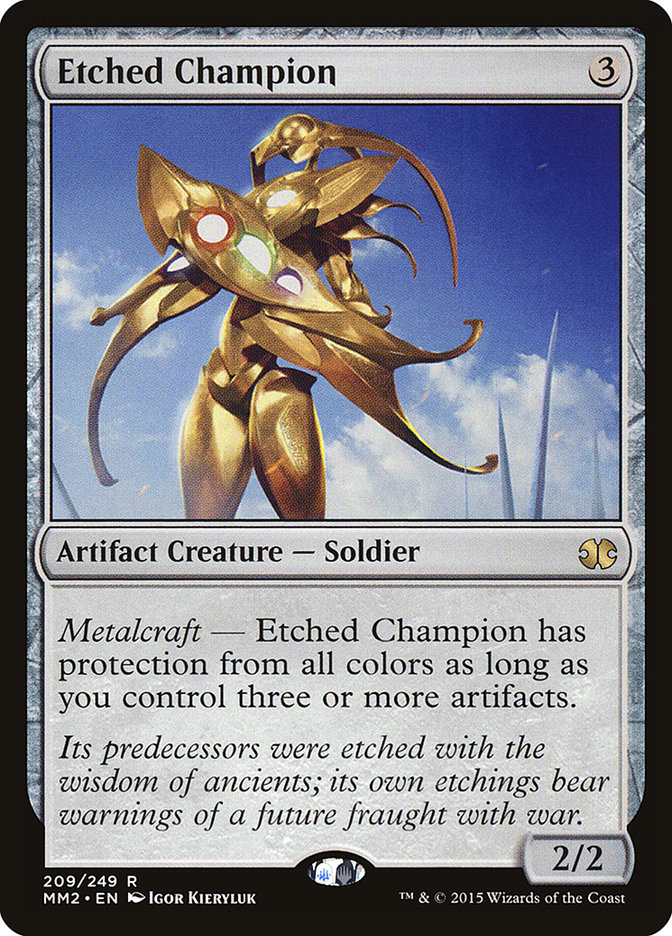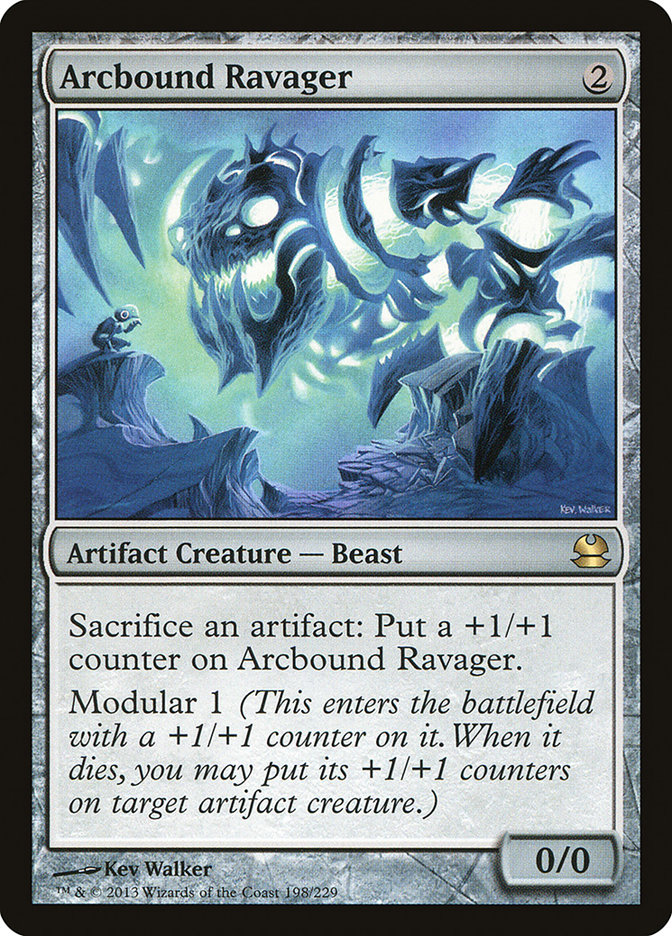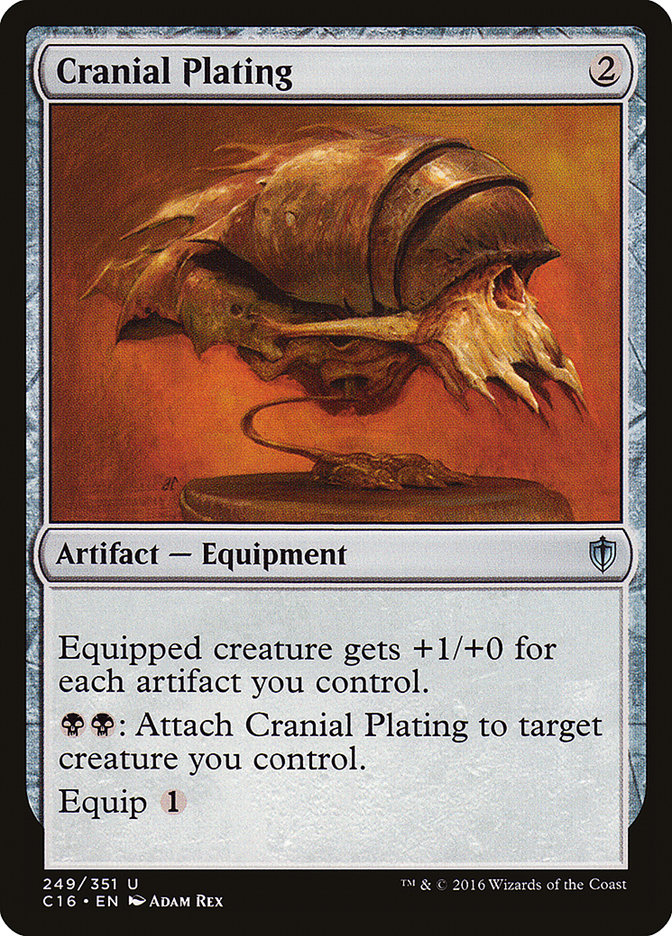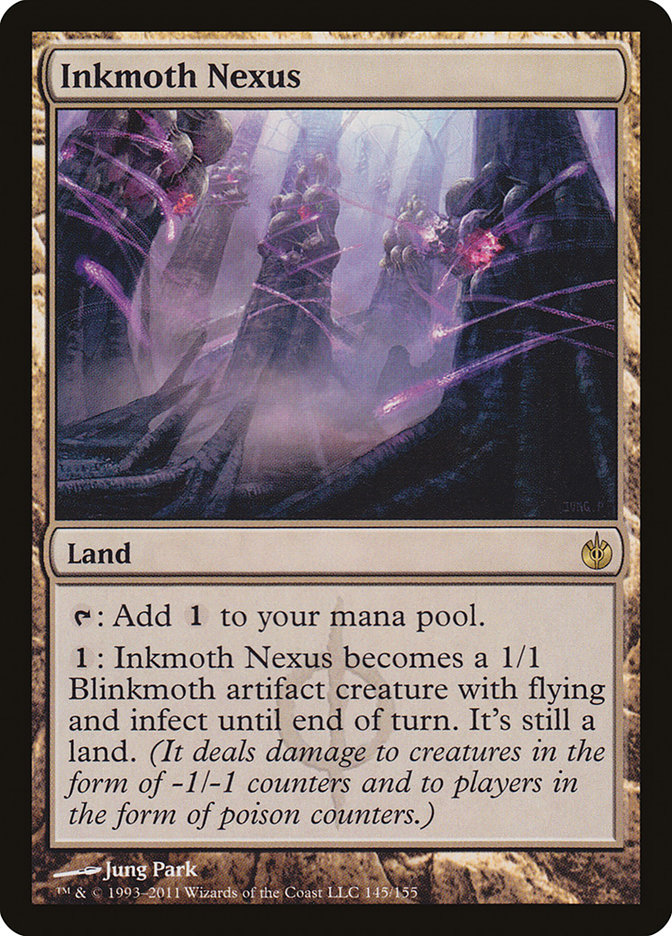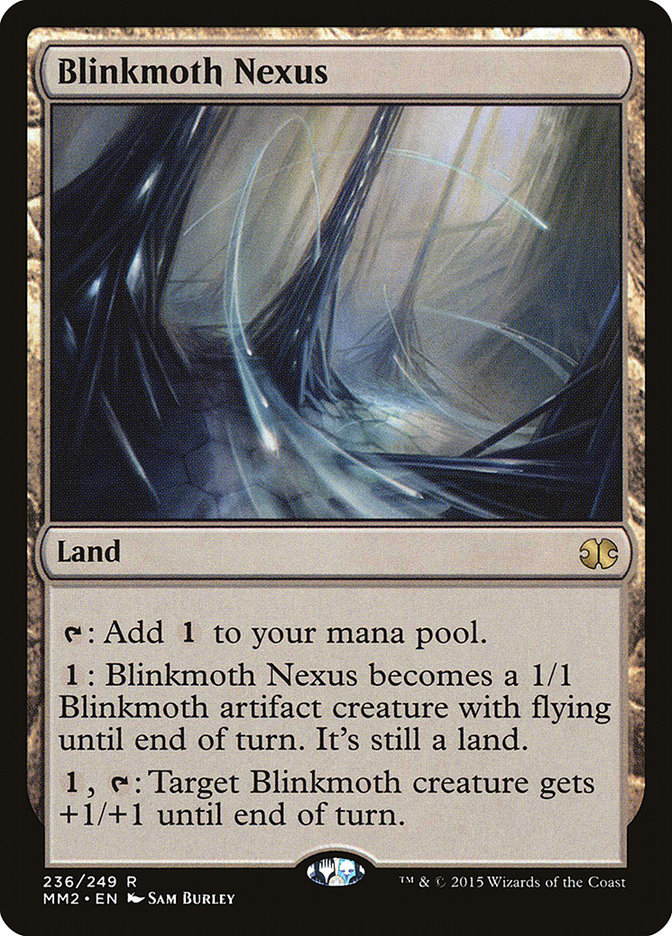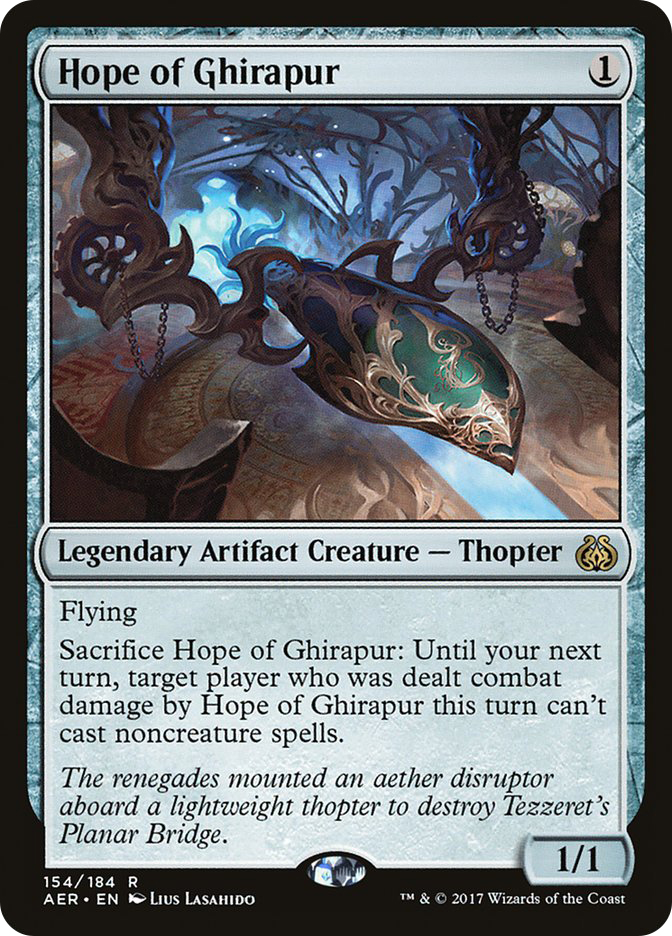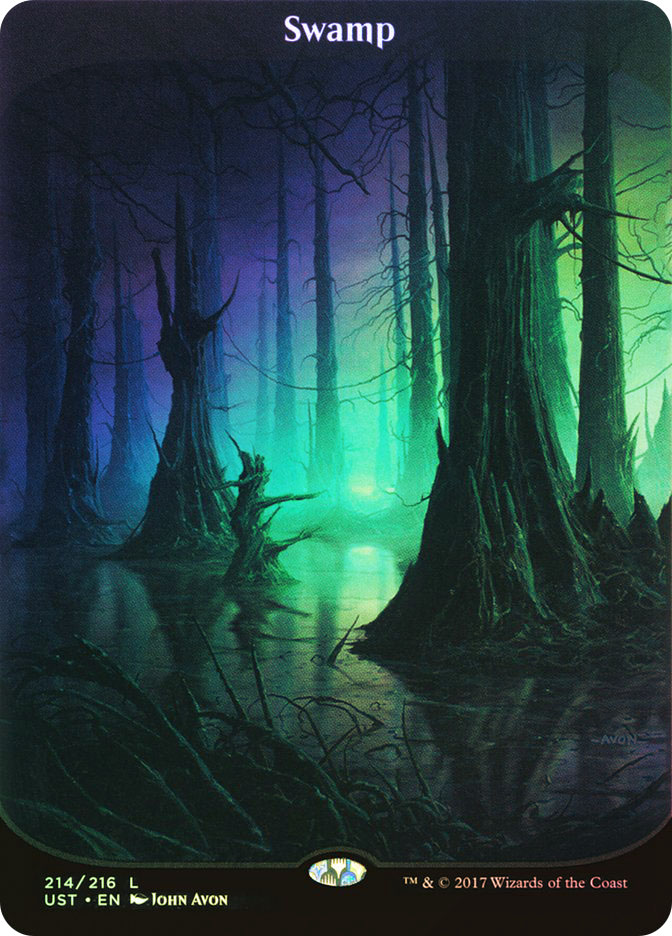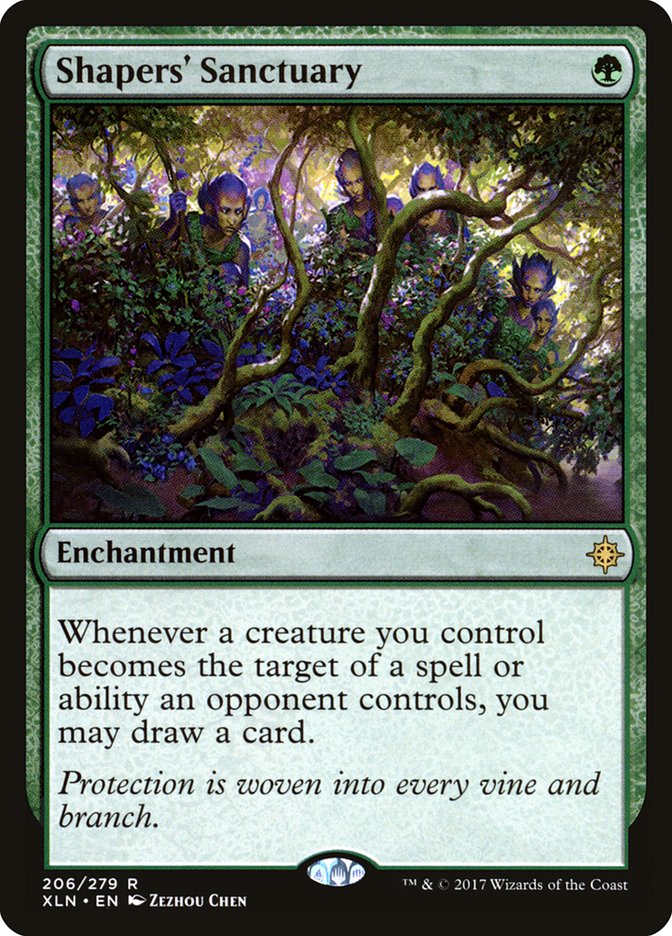This past weekend, the Team Constructed Open at SCG Cincinnati didn’t go as planned, with my team failing to make day two. Turns out playing a U/B The Scarab God deck in Standard means you might end up with a draw (or two) since the games can take so long.
However, despite our poor showing in the main event, I did manage to salvage the weekend by getting second place in the Modern Classic. I even did so in style with my good friend Pieter Tubergen’s all-foil Affinity deck; he piloted my copy of Grixis Death’s Shadow to the Top 8, where he fell to yours truly in said Top 8. It’s the classic deck-swapping maneuver where the friends end up playing one another in the elimination rounds, and we truly couldn’t have asked for the event to go any better.
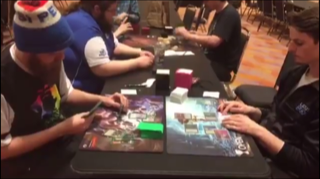
Affinity has long intrigued me for a ton of reasons. Before delving into the specifics of the 75 and sideboarding, I wanted to highlight some of the major strengths of one of Modern’s iconic archetypes.
1. Fast kills. Being able to kill on Turn 4 is essentially a bottom-floor requirement for linear decks in Modern. However, some decks like U/R Gifts Storm, Grixis Death’s Shadow, and Affinity have the potential to kill as early as Turn 3. While there are other decks capable of doing this, these archetypes do so with frightening consistency and resiliency, unlike others.
Fast kills like this in Modern. When your opponent isn’t trying to interact with your cards, you just want to be as fast as possible to beat them, letting you accumulate a nonzero number of free wins over the course of an event. It also means that, even if faced with a bad matchup, you still have the potential to just run them over. Being able to kill early is critical for most successful Modern strategies.
2. Resiliency. Affinity gets a bit of a bad rep due to the nature of how backbreaking the forma’ts hate cards can be to the deck. I’ve heard my friend and longtime Affinity player, Lucas Michaels, say on multiple occasions, “I won every match I didn’t get Stony Silenced this event.” This applies to many linear decks in the format, since Modern has no shortage of powerful sideboard options. However, after playing this weekend with the deck, I can say I underestimated the resiliency of the archetype.
During the Swiss I managed to defeat five B/G/x variants and Mardu Pyromancer in six of my seven wins. I’d assumed those matchups would be complete nightmares, which is why I’d avoided registering Affinity earlier, but the deck just kept putting up the wins.
So why is the mono-artifact creature-deck so resilient? Let me reintroduce you to a few of our robot friends.
Without a doubt the absolute best creature in the deck when facing a fair matchup, Etched Champion is essentially a colorless True-Name Nemesis we get to play in Modern and, as a result, it feels quite busted a lot of the time. As someone who is a longtime player of both Thoughtseize and Snapcaster Mage, I couldn’t begin to count the times I’ve lost to Etched Champion. No matter how much spot removal, how many one-for-ones you play, you still can’t touch the people’s champ.
The iconic Arcbound Ravager never fails to give opposing removal spells a headache, effectively blanking them and representing a two-for-one. Arcbound Ravager also means you can then turn your mana sources into pressure once they’re past their initial usefulness. The card is also rather unintuitive to play against and generates a huge array of lines of play, so it’s not hard to make an error facing a Ravager.
There aren’t enough words to praise this insane Equipment. Cranial Plating is the card you want to see most (aside from Mox Opal) versus other linear decks. On top of that ,it’s also one of your best cards at fighting opposing interaction. I’m more than happy to strap up an Ornithopter in order to eat a removal spell, as it effectively turns all of your insignificant creatures into real threats.
Creature-lands have proven time and time again in Magic’s history that they’re amazing cards, and these two are certainly no exception. Inkmoth Nexus and Blinkmoth Nexus do more than you’d think at blunting removal. They let you be the one who decides when to take action, forcing the opponent to keep mana up while you get to develop your battlefield.
On top of that, they play a critical role when facing sweepers. They also provide some great Edict fodder when facing down a Liliana of the Veil. Last, they both give you some extra insurance for free when facing down a bunch of interaction while also facilitating some of your quicker starts.
The combination of all these cards, along with various other sideboard options, make the deck more resilient than it’s given credit for. Hell, I even managed to pull out a win against a Jund player this weekend who curved Fatal Push into Ancient Grudge into Flashback on Ancient Grudge and another removal spell (thanks, Etched Champion!)
3. Lots of Play. Affinity is sometimes looked at as a mindless aggressive deck, but that couldn’t be further from the truth. Aggro decks are commonly misunderstood as being mindless largely because of how easy it is to execute a basic kill. However, a deck like Affinity has an incredibly high ceiling with the lines you can take and complexity of the plays it can make.
Affinity is not the hardest deck to play 80-90% optimally, since often your kills will be quick and easy, but playing it on a higher level than that is incredible difficult. Playing optimally around hate cards can be quite skill-testing and must be perfectly timed. On top of that, you’re often faced with many different variations of combat, none of which are easy to navigate. Some of the tougher decisions include knowing when to go all in on an Arcbound Ravager or Cranial Plating. Without a doubt, this was the toughest aggro deck to play that I’ve ever sleeved up.
Creatures (25)
- 4 Arcbound Ravager
- 4 Ornithopter
- 2 Master of Etherium
- 2 Steel Overseer
- 2 Memnite
- 3 Etched Champion
- 4 Signal Pest
- 3 Vault Skirge
- 1 Hope of Ghirapur
Lands (16)
Spells (19)

As a first time Affinity player, it’s a bit hard for me to justify some of the changes Pieter has made to a more stock build of the deck. That being said, I think it’s worth highlighting a few cards that you don’t often see in most builds of Affinity.
Pieter decided to cut down on the fourth copy of Vault Skirge to include this little legendary critter. I have to say, after playing an event with it, I was a fan of the split. The lifelink on Vault Skirge is often irrelevant, and having the flexibility of Hope can be nice. It’s great at stopping them from playing a big card on a critical turn like Supreme Verdict or Shatterstorm. If I register the deck again, which I plan to, I’ll probably sleeve it up again.
I believe the normal thing to do in Affinity is to just max out on Galvanic Blast. Tubergen has always been a huge advocate of the one-mana Divination and I think his choice is justified now more than ever. Like I stated earlier, I played a total of seven Inquisition of Kozilek decks over the event. It’s fair to say that these strategies are popular right now, and Thoughtcast is one of the best cards you can have to pull ahead.
The basic land of choice for most Affinity players is either an Island or a Mountain, facilitating the colored spell of choice in the maindeck. However, Pieter is an advocate of the basic Swamp, since it’s typically the color strained the most due to Cranial Plating’s double-black ability. I’m not confident it’s correct to have a Swamp in the list, as he does give up the fourth Blinkmoth Nexus, but I found myself searching for it more often than the Mountain. Going forward, I believe I’d remove one of the basics, especially since Field of Ruin is on the downswing.
In the sideboard because Storm is probably the worst matchup for the deck. I was hesitant to register it, but I don’t doubt Pieter’s judgement. The card has other niche situations too, like providing the same Hope of Ghirapur effect versus an opposing sweeper.
This was by far my favorite card in the sideboard, and one I think is quite underplayed in Modern. Shapers’ Sanctuary put in work over the event, beating Jund deck after Jund deck, and having this on the first two turns is close to impossible for a deck full of one-for0ones to overcome. I might even be interested in finding room for a second copy.
On that note, I wanted to take a brief moment to talk about the Jund matchup. As someone who has played Jund of all shapes and sizes over the years, I was always under the assumption that the three-color deck was a favorite. However, between my undefeated record against those strategies this weekend as well as some good conversation with Reid Duke, I think Affinity has a slight edge.
On top of just being the favorite in Game 1, the deck has a lot of resiliency when it comes to facing spot removal, and there are plenty of must-answer cards in our deck as well as ones they can’t favorably interact with. For all you Jund players out there confident in facing Affinity, you might want to pack an extra Ancient Grudge or two next time.
I had an absolute blast this weekend playing Affinity and am looking forward to practicing with it more. It might just be time to put down my beloved Death’s Shadows and pick up some Mox Opals. If the deck is filled with one-mana spells, you can sign me up!


